In the intricate world of logistics and transportation, semi-trailers play a pivotal role in ensuring goods are delivered efficiently and safely across vast distances. At CarMax Trailer, we pride ourselves on engineering semi-trailers that embody durability, functionality, and innovation. This comprehensive guide delves deep into the semi trailer diagram, unraveling each component’s significance and how they interrelate to form a masterpiece of modern transportation engineering.
Table of Contents
- Introduction to Semi Trailers
- Key Components of a Semi Trailer Diagram
- Types of Semi Trailers and Their Diagrams
- CarMax Trailer Innovations
- Maintenance Insights Based on Diagram Components
- Safety Features Integrated into CarMax Semi Trailers
- Comparative Analysis: CarMax vs. Industry Standards
- Conclusion
- Frequently Asked Questions
Introduction to Semi Trailers
Semi trailers are the backbone of freight transportation, designed to carry various types of cargo across long distances. Unlike full trailers, semi trailers rely on a tractor unit for propulsion, articulation, and steering. This configuration provides flexibility, maneuverability, and efficiency, essential for navigating diverse terrains and urban landscapes.
Understanding the anatomy of a semi trailer is crucial for manufacturers, operators, and maintenance personnel. A detailed semi trailer diagram serves as a blueprint, outlining each component’s placement and functionality, ensuring optimal performance and longevity.
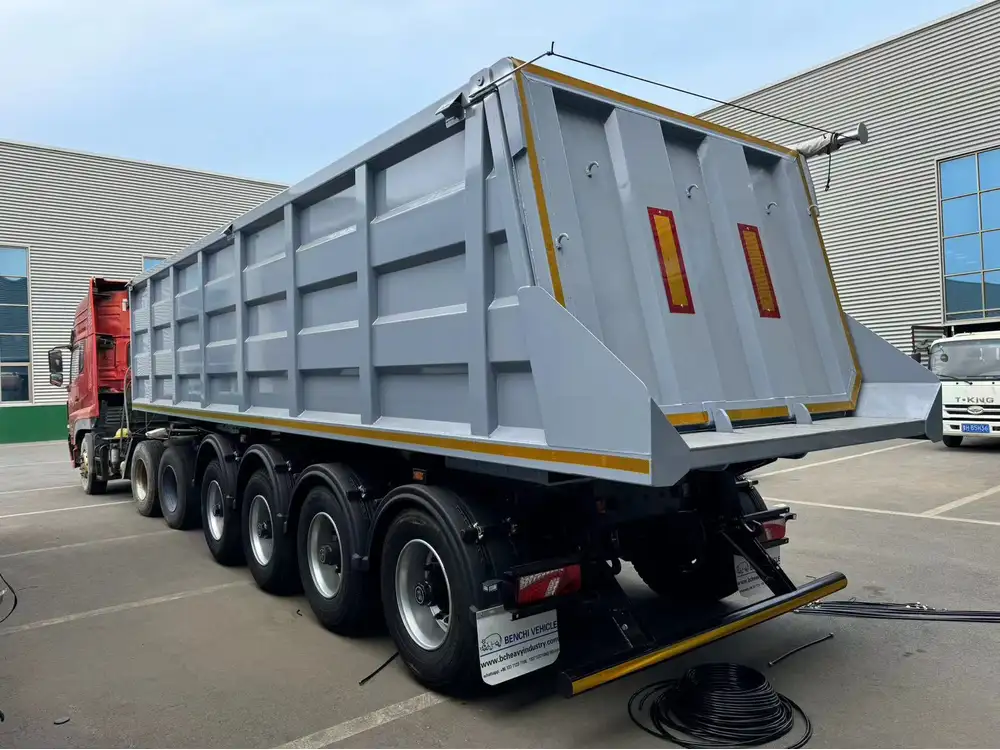
Key Components of a Semi Trailer Diagram
A semi trailer diagram is a visual representation that highlights the essential parts constituting the trailer. Breaking down the diagram into its core components provides clarity on how each element contributes to the trailer’s overall functionality.
Frame Structure
The frame is the skeleton of the semi trailer, typically constructed from high-strength steel alloys to withstand the rigors of heavy loads and prolonged use.
- Main Frame: Runs longitudinally, providing the primary support for the trailer.
- Cross Members: Reinforce the frame, distributing weight evenly and enhancing structural integrity.
- Mounting Points: Connect the trailer to the tractor unit via the fifth wheel coupling.
Axles and Suspension
Axles bear the weight of the cargo and influence the trailer’s stability and handling.
- Primary Axles: Support the bulk of the load, usually equipped with dual wheel setups for enhanced weight distribution.
- Tandem Axles: Provide additional support and distribute weight more evenly, crucial for heavy or uneven cargo.
- Suspension Systems: Comprise air or hydraulic mechanisms that absorb shocks and vibrations, ensuring a smoother ride and reducing wear on components.

Braking System
An efficient braking system is vital for safe operation, allowing the driver to control speed and stop the trailer effectively.
- Air Brakes: The most common type, utilizing compressed air to activate brake pads.
- Brake Chambers: Convert air pressure into mechanical force to engage the brakes.
- Brake Lines: Transport compressed air from the tractor unit to the trailer’s braking system.
- Emergency Brakes: Provide additional stopping power in critical situations.
Cargo Handling Systems
Depending on the trailer type, various mechanisms facilitate the loading, securing, and unloading of cargo.
- Ramps and Hinges: Essential for flatbed trailers, allowing easy access for loading and unloading.
- Refrigeration Units: Integrated into refrigerated trailers to maintain controlled temperatures for perishable goods.
- Tank Structures: Found in tanker trailers, designed to securely hold liquids or bulk materials.
Electrical and Lighting Systems
These systems ensure visibility, communication, and compliance with road regulations.
- Lighting Fixtures: Include brake lights, indicator lights, and running lights to signal intentions to other road users.
- Wiring Harnesses: Distribute electrical power throughout the trailer, connecting lighting systems to the tractor unit.
- Ground Power Connectors: Facilitate electrical connections when the trailer is stationary, powering refrigeration units or onboard systems.
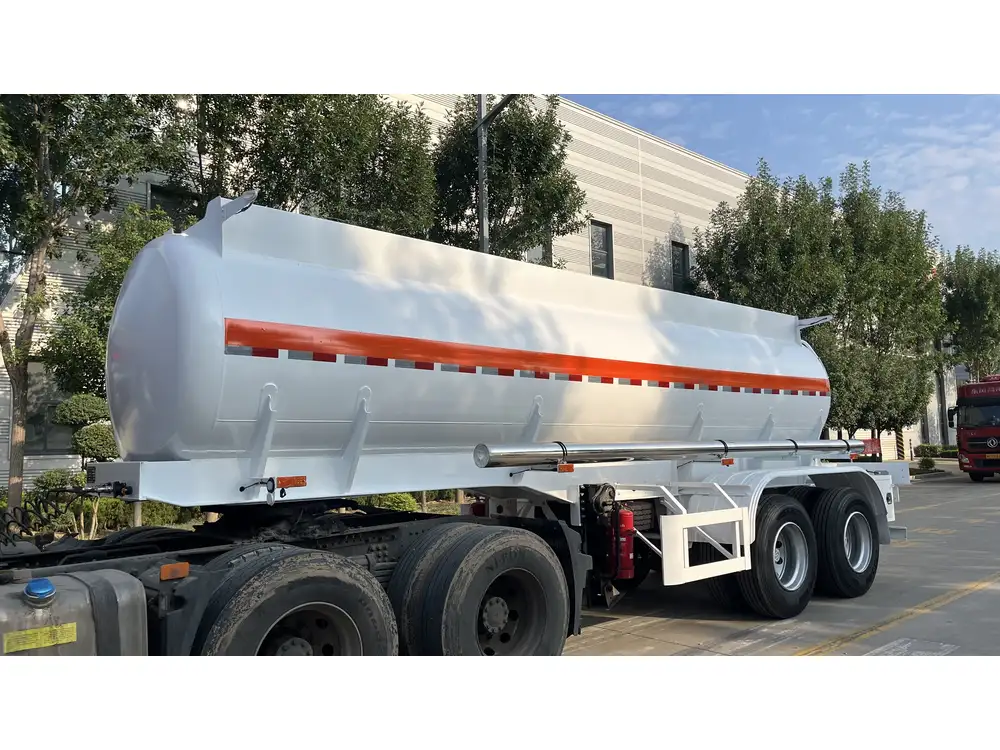
Types of Semi Trailers and Their Diagrams
Semi trailers come in various configurations, each tailored to specific types of cargo and operational requirements. Understanding these variations is essential for selecting the right trailer for your needs.
Flatbed Trailers
| Diagram Overview: | Component | Description |
|---|---|---|
| Open Deck | Flat, unobstructed platform for versatile cargo | |
| Removable Sideboards | Allow for easy loading and securing of goods | |
| Integrated Ramps | Facilitate loading heavy or oversized items |
Flatbed trailers are prized for their versatility, accommodating a wide range of cargo from construction materials to machinery. The open design allows for easy loading and unloading from any side, making them ideal for projects requiring on-site modifications or immediate handling.
Refrigerated Trailers
| Diagram Overview: | Component | Description |
|---|---|---|
| Insulated Walls | Maintain internal temperature | |
| Refrigeration Unit | Controls and regulates cooling systems | |
| Temperature Sensors | Monitor and adjust internal climate | |
| Air Circulation Fans | Ensure even temperature distribution |
Refrigerated trailers, or reefers, are indispensable for transporting perishable goods such as food, pharmaceuticals, and chemicals. The advanced insulation and climate control systems ensure that cargo remains at desired temperatures throughout transit, preserving quality and compliance with safety standards.

Tanker Trailers
| Diagram Overview: | Component | Description |
|---|---|---|
| Cylindrical Tanks | Securely hold liquids or bulk materials | |
| Pump Systems | Facilitate loading and unloading of fluids | |
| Pressure Relief Valves | Prevent over-pressurization and ensure safety | |
| Anti-Slip Coatings | Enhance cargo stability within the tank |
Tanker trailers are specialized for transporting liquids, gases, or bulk materials. Their robust construction and safety features are designed to handle the unique challenges posed by transporting volatile or hazardous substances, ensuring minimal risk of spills and compliance with regulatory standards.
Curtain Side Trailers
| Diagram Overview: | Component | Description |
|---|---|---|
| Flexible Curtains | Replace traditional doors for easy side access | |
| Locking Mechanisms | Secure curtains during transit | |
| Enhanced Insulation | Provides additional protection for sensitive cargo |
Curtain side trailers blend the benefits of open and enclosed trailers, offering both flexibility and protection. The retractable curtains allow for swift loading and unloading while maintaining security and environmental protection for the cargo.
CarMax Trailer Innovations
At CarMax Trailer, innovation drives our commitment to excellence. Our semi trailer designs incorporate cutting-edge technologies and materials to enhance performance, safety, and durability.
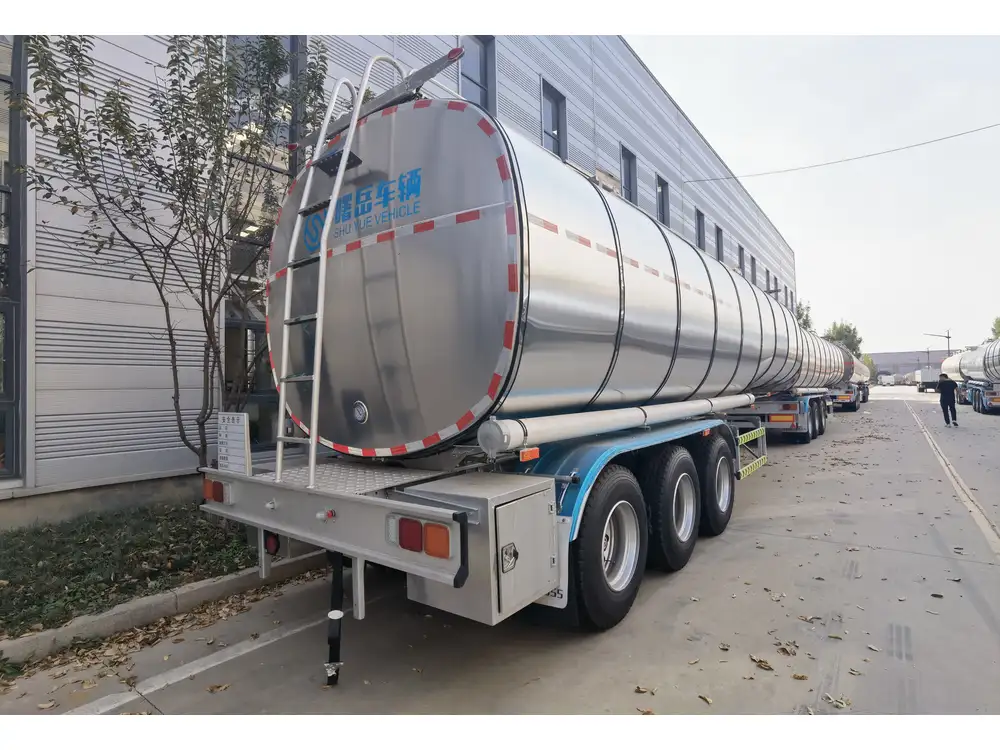
Advanced Frame Engineering
Our frames utilize high-tensile steel alloys, providing superior strength-to-weight ratios. This ensures that our trailers can handle heavier loads without compromising maneuverability or fuel efficiency.
Modular Design Elements
CarMax Trailers feature modular components, allowing for easy customization and scalability. Whether you need additional axles, specialized suspension systems, or integrated cargo handling mechanisms, our trailers can be tailored to meet specific operational requirements.
Smart Braking Systems
Integrating smart technology, our braking systems offer real-time monitoring and adaptive responses to varying load conditions. This enhances safety by ensuring optimal braking performance under all circumstances.
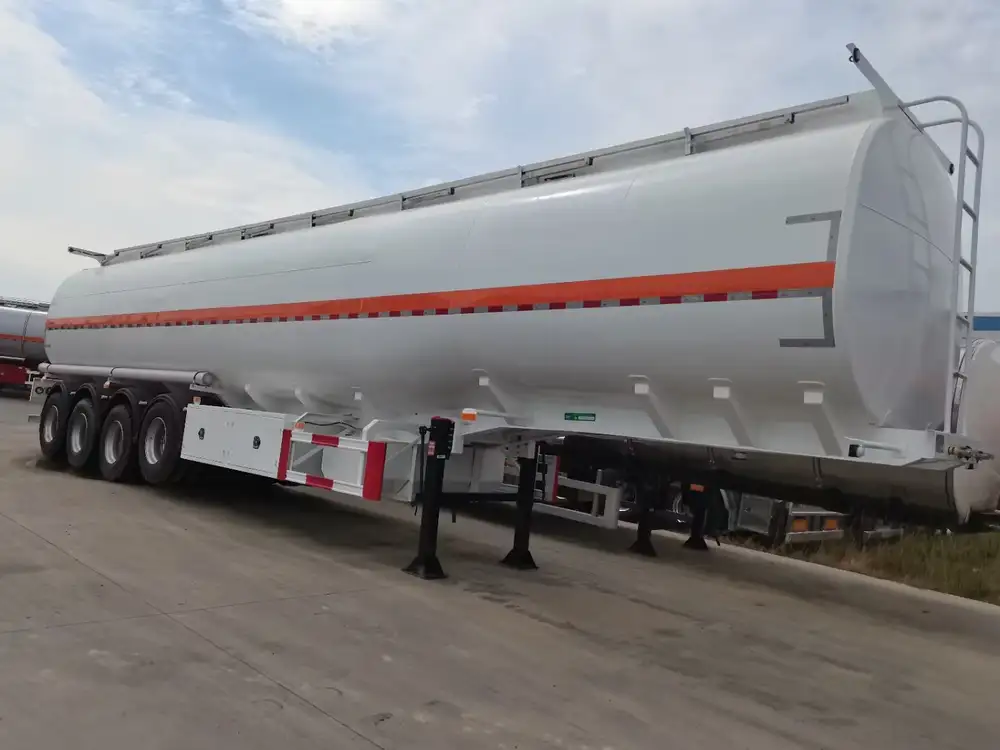
Enhanced Aerodynamics
Our trailer designs incorporate aerodynamic features that reduce drag, improving fuel efficiency and reducing operational costs. Streamlined profiles and strategically placed components contribute to a more efficient journey.
Maintenance Insights Based on Diagram Components
Proper maintenance is critical to the longevity and performance of semi trailers. Understanding each component’s role within the semi trailer diagram allows for proactive upkeep and timely interventions.
Frame Structure Maintenance
- Inspection Frequency: Monthly visual inspections for signs of rust, cracks, or structural weaknesses.
- Maintenance Tips: Regularly clean the frame to prevent corrosion and apply protective coatings as needed. Address any damage promptly to maintain structural integrity.
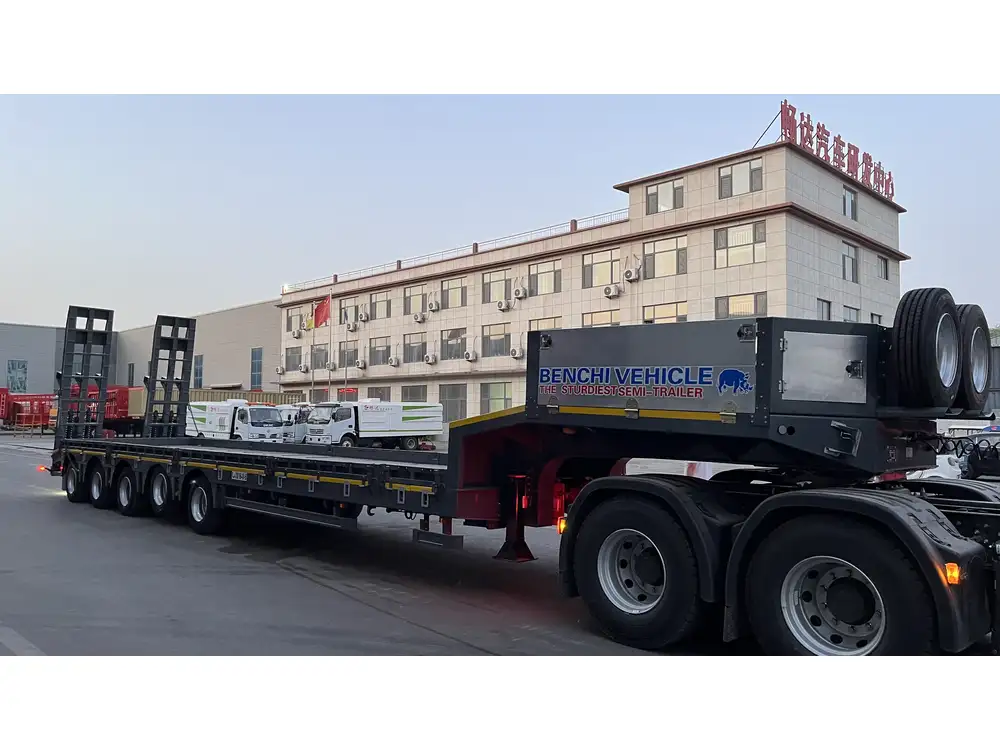
Axles and Suspension Maintenance
- Inspection Frequency: Quarterly checks for wear and tear, lubrication needs, and alignment accuracy.
- Maintenance Tips: Ensure that suspension systems are free from leaks and that airbags (if applicable) are functioning correctly. Replace worn-out bushings and bearings to maintain smooth operation.
Braking System Maintenance
- Inspection Frequency: Monthly checks of brake pads, lines, and overall system functionality.
- Maintenance Tips: Test brake responsiveness regularly and bleed air from the system to prevent spongy brakes. Replace brake pads and components as per manufacturer recommendations.
Electrical and Lighting Systems Maintenance
- Inspection Frequency: Weekly inspections to ensure all lights and electrical components are operational.
- Maintenance Tips: Check wiring harnesses for damage or corrosion, and replace faulty bulbs or components promptly. Ensure all connectors are secure to prevent electrical failures.

Cargo Handling Systems Maintenance
- Inspection Frequency: After each load/unload cycle to ensure mechanical parts are functioning smoothly.
- Maintenance Tips: Lubricate moving parts, inspect ramps and hinges for wear, and ensure refrigeration units are operating within specified temperature ranges.
Safety Features Integrated into CarMax Semi Trailers
Safety is paramount in trailer design, and CarMax Trailer incorporates multiple safety features to protect drivers, cargo, and other road users.
Anti-Sway Stabilizers
Our trailers are equipped with anti-sway bars that mitigate trailer sway caused by high winds or sudden maneuvers. This enhances stability and reduces the risk of accidents.
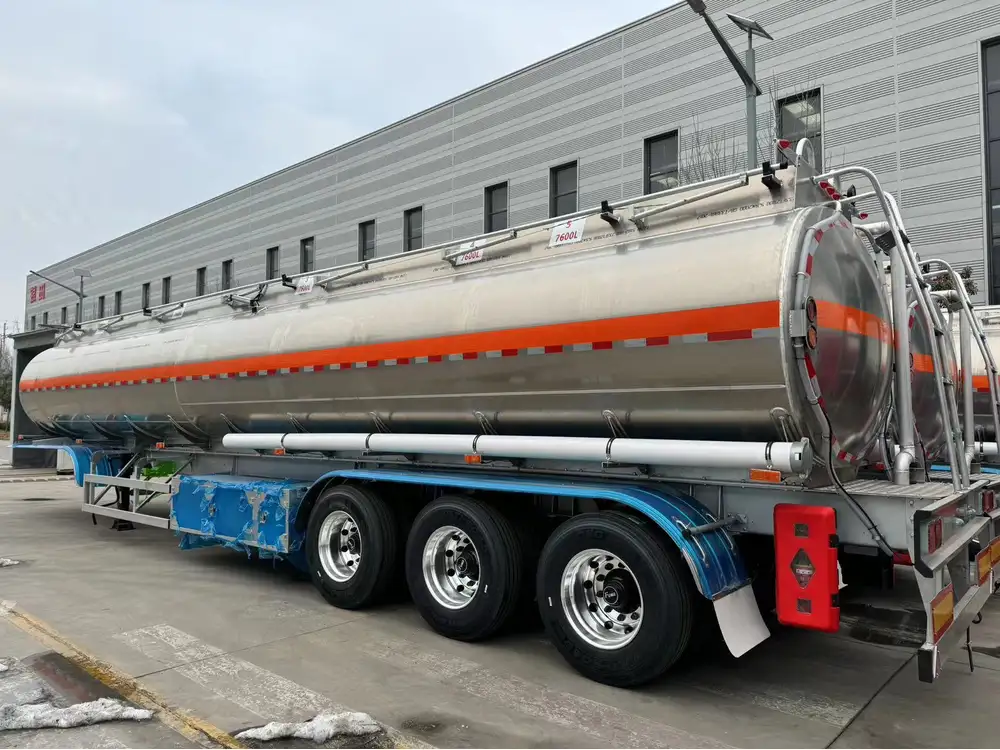
Reflective Markings and Enhanced Lighting
High-visibility reflective markings and advanced lighting systems ensure that our trailers are easily seen in low-light conditions, improving safety during night driving or adverse weather.
Load Securing Mechanisms
CarMax Trailers feature integrated tie-down points and secure locking systems to keep cargo firmly in place, preventing shifts that could destabilize the trailer or damage goods.
Fire Suppression Systems
For tanker and refrigerated trailers, we offer optional fire suppression systems that automatically activate in the event of a fire, safeguarding both cargo and the trailer structure.

Comparative Analysis: CarMax vs. Industry Standards
To illustrate CarMax Trailer’s superiority, let’s compare key aspects of our trailers against standard industry offerings.
| Feature | CarMax Trailer | Industry Standard |
|---|---|---|
| Frame Material | High-tensile steel alloys | Standard steel |
| Braking Technology | Smart, adaptive braking systems | Conventional air brakes |
| Aerodynamic Design | Integrated aerodynamic enhancements | Basic design |
| Customization | Modular, highly customizable configurations | Limited customization options |
| Maintenance Accessibility | Enhanced access points for easy maintenance | Standard access without optimizations |
CarMax Trailer’s focus on advanced materials, smart technology, and customization ensures that our trailers not only match but exceed industry standards in performance, safety, and efficiency.
Conclusion
Understanding the semi trailer diagram is essential for comprehending the complexity and precision involved in designing and manufacturing high-quality trailers. CarMax Trailer’s commitment to excellence is evident in every component, from the robust frame structure to the sophisticated braking systems. By integrating innovative features and adhering to stringent maintenance protocols, we ensure that our semi trailers deliver unparalleled performance and reliability. Whether you’re transporting goods across town or across the country, a CarMax Trailer is engineered to meet and exceed your expectations.
Frequently Asked Questions

1. What is the primary difference between a semi trailer and a full trailer?
A semi trailer relies on a tractor unit for propulsion and steering, offering greater flexibility and maneuverability. In contrast, a full trailer has its own wheels at the front and back, making it less dependent on a tractor but generally less versatile.
2. How often should I inspect the braking system of my CarMax Trailer?
It’s recommended to perform monthly inspections of the braking system, including brake pads, lines, and overall functionality, to ensure optimal performance and safety.
3. What maintenance practices can extend the lifespan of a semi trailer?
Regular cleaning, timely inspections, addressing any signs of wear or damage promptly, and adhering to a scheduled maintenance regime for all components are crucial practices to extend the lifespan of a semi trailer.
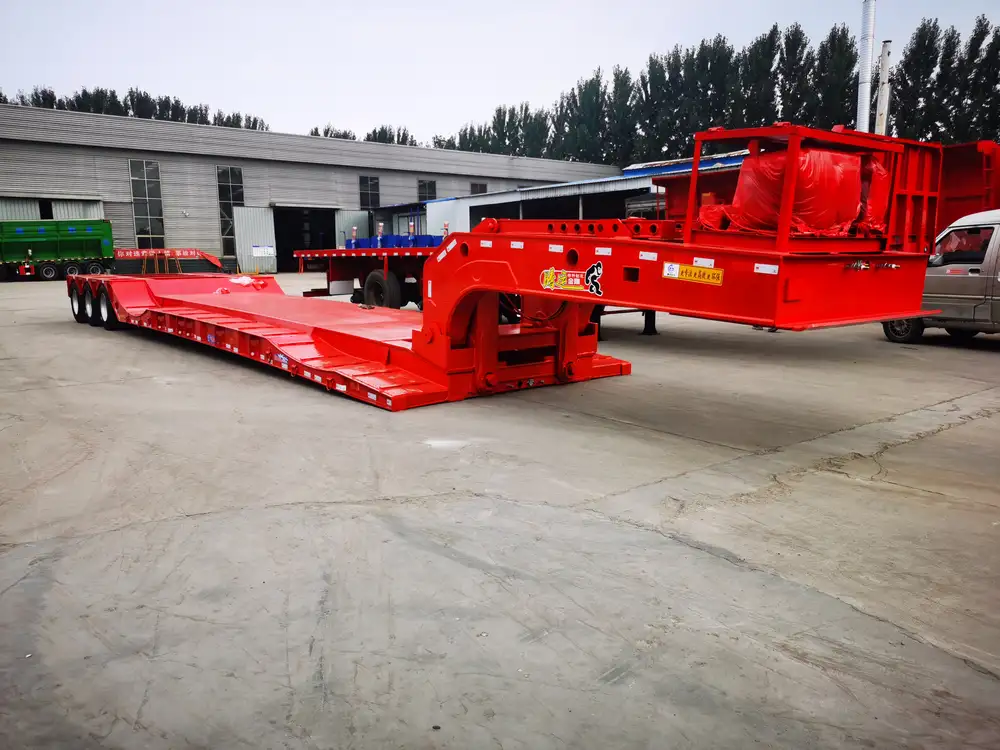
4. Are CarMax Trailers customizable to specific cargo requirements?
Yes, CarMax Trailers are designed with modular components, allowing for extensive customization to suit various cargo types and operational needs, including specialized suspension systems, cargo handling mechanisms, and more.
5. What safety features are standard in CarMax Semi Trailers?
Standard safety features include anti-sway stabilizers, reflective markings, enhanced lighting systems, integrated load securing mechanisms, and optional fire suppression systems for applicable trailer types.



